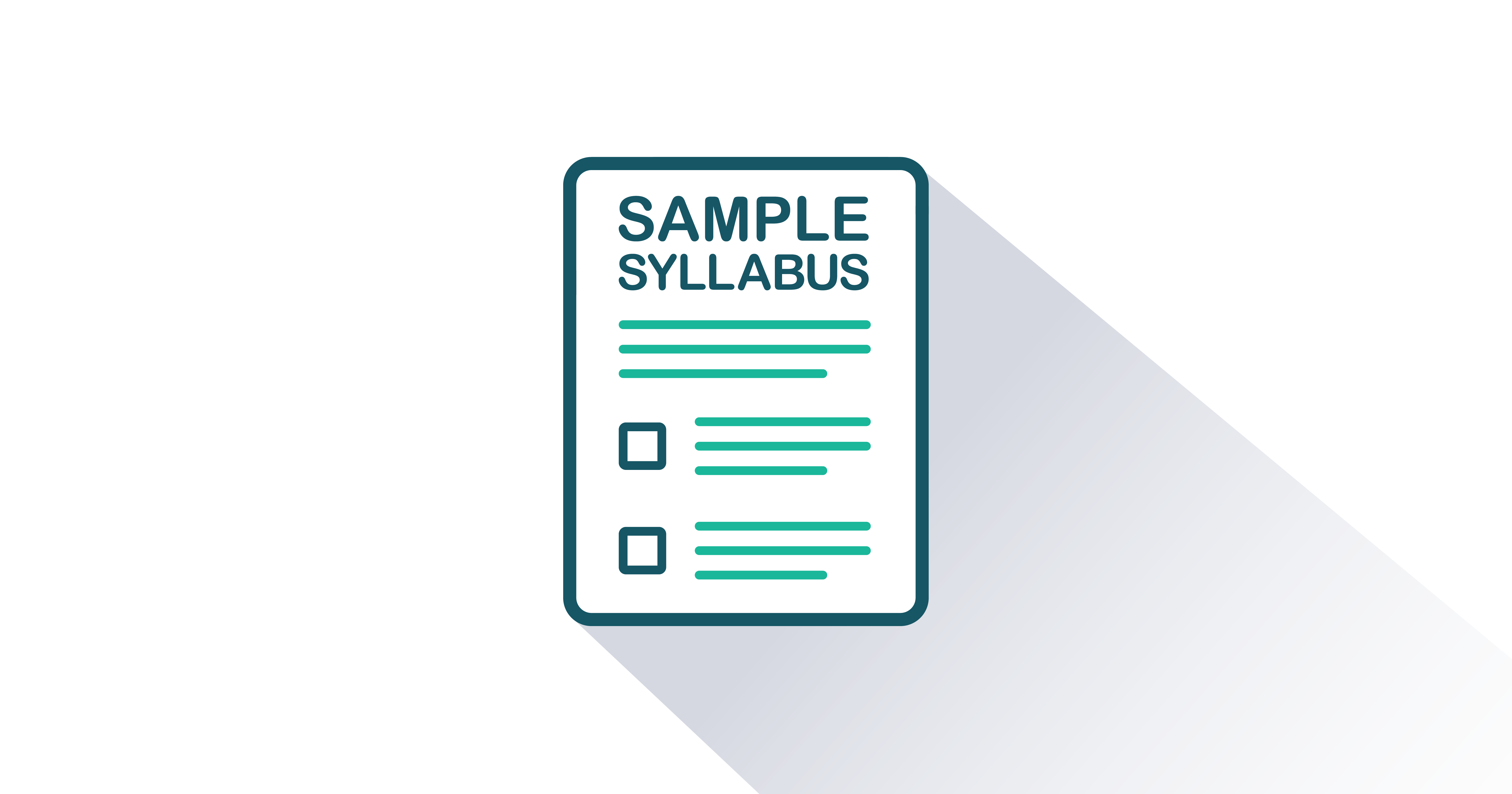Environmental Science: A Need for Living Sustainably
Version 1.0
By Joseph Shostell
Included Supplements
Key Features
- Presents a positive, “can-do” attitude by offering solutions and productive steps that can be taken to tackle environmental challenges
- Structured around seven interconnected themes described in Section 1.3
- Life and society need a healthy environment to thrive
- Science informs us about the environment
- Societal, corporate, and consumer decisions impact the environment
- Environmental issues have a social and cultural context
- A global perspective is needed to deal with many environmental issues
- Society relies on many disciplines to solve environmental problems
- Sustainability allows future generations to enjoy a healthy environment
- Early coverage of ethics (Chapter 2)
- Introduces matter and energy as foundational topics (Chapter 3)
-
Supportive Learning Structure
- Fascinating chapter-opening scenarios, such as manatee conservation (Chapter 7) and Singapore’s sustainability strategy (Chapter 18) are referenced throughout the subsequent chapter. The opening scenarios are then revisited in depth at the end of the chapter
- Learning Objectives at the beginning of each main section help guide and focus students’ learning
- Key Takeaways at the end of every main section echo and reinforce the section’s Learning Objectives
- Critical Thinking Activities in each chapter prompt students to analyze key topics in depth, such as genetically modified organisms (Section 2.3) or solid waste disposal (Section 16.2)
- Bringing It Closer to Home Activities in each chapter invite students to investigate their personal environment outside the classroom to explore topics such as product designs (Section 2.3), estimating habitat loss (Section 7.3), and identifying their own risk of exposure to ozone (Section 11.4)
- Online quizzes and flashcards embedded in the online reader version of the book reinforce learning and provide a useful study aid
- Embedded video links throughout bring topics to life
-
Unique illustration program
- Vibrant, multi-part figures within each chapter capture students’ attention
- Visual Overviews at the end of each chapter concisely summarize key concepts in memorable ways
- Outstanding coverage of a diverse range of contemporary topics such as ocean-borne plastics, plastic contaminants, U.S. regional drought and water levels, corporate ethics, and new recycling strategies
- Customizable
Students
- Online Access Price
- $36.95
- Color Printed Textbook with Online Access Price
- $63.95
Environmental Science: A Need for Living Sustainably is appropriate for courses called Introduction to Environmental Science, Environmental Science, Environmental Studies, Environment and Society, Human Impact on the Environment, Resources and Environment, Sustainable Development or similar titles taught at the undergraduate level in two- and four-year colleges and universities.
Environmental Science: A Need for Living Sustainably offers an appealing and contemporary approach to understanding environmental science in today’s rapidly evolving global context. Captivating narrative stories, plentiful critical thinking and experiential activities, and compelling examples pulled from around the world complement solid coverage of key foundational concepts. Early chapters are structured around core environmental themes, ethics, matter, and energy to set the stage for the remainder of the book. Subsequent chapters efficiently address complex topics that are often covered over two or more chapters in the leading competitors. This fresh and up-to-date approach encourages students to focus on the main issues, enabling faculty to cover more content in less time while improving student learning retention.
- About the Author
- Acknowledgments
- Preface
-
Chapter 1: Introduction to Environmental Science: Sustainability
-
Chapter 2: Environmental Ethics, Law, and Policy
-
Chapter 3: Matter, Energy, and the Environment
-
Chapter 4: Evolution, Populations, and Communities
-
Chapter 5: Ecosystems and Biomes
-
Chapter 6: Human Populations
-
Chapter 7: Preserving Biodiversity
-
Chapter 8: Agriculture, Food, and the Environment
-
Chapter 9: Sustainable Management of Forests, Grasslands, and Protected Areas
-
Chapter 10: Water Resources
-
Chapter 11: Air Quality, Climate Change, and Air Pollution
-
Chapter 12: Geology and Mineral Resources
-
Chapter 13: Nonrenewable Energy Sources
-
Chapter 14: Renewable Energy Sources
-
Chapter 15: Environmental Health and Toxicology
-
Chapter 16: Solid and Hazardous Waste
-
Chapter 17: Sustainable Community Development and Urbanization
-
Chapter 18: Sustainable Economics

FlatWorld Homework
FlatWorld Homework includes multi-format questions written specifically for your FlatWorld book, which you can access through our stand-alone interface or integrate with your learning management system.

Instructor’s Manual
The Instructor’s Manual guides you through the main concepts of each chapter and important elements such as learning objectives, key terms, and key takeaways. Can include answers to chapter exercises, group activity suggestions, and discussion questions.

PowerPoint Lecture Notes
A PowerPoint presentation highlighting key learning objectives and the main concepts for each chapter are available for you to use in your classroom. You can either cut and paste sections or use the presentation as a whole.

Test Generator - powered by Cognero
FlatWorld has partnered with Cognero, a leading online assessment system, that allows you to create printable tests from FlatWorld provided content.

Test Bank Files for Import to Learning Management Systems
For your convenience, we've packaged our test items for easy import into Learning Management Systems like Blackboard, Brightspace/D2L, Canvas, Moodle, or Respondus.

Test Item File
Need assistance in supplementing your quizzes and tests? Our test-item files (in Word format) contain many multiple-choice, fill-in-the-blank, and short-answer questions.

Sample Syllabi
Sample syllabi provide useful templates to help new faculty adopters revise their teaching plans to match their assigned FlatWorld textbook or lend insights to existing adopters on how to organize their classes.
DownloadAt FlatWorld, we take pride in providing a range of high-quality supplements alongside our titles, to help instructors teach effectively. Supplements are available for instructors who have registered their adoption with us. If you need to review or preview something specific, please contact us.
Already registered? Sign in here.
Additions & Errata
3/7/25:
In Section 15.1: Updated Figure 15.3 middle graph with corrected y axis values.
In Section 15.5: Fixed broken link to the CDC’s Traveler’s Health website.
4/29/24:
In Section 17.2, changed "English Channel" to "Strait of Gibraltar" in the following sentence: "Gibraltar has an area of only 6.7 square kilometers (2.6 mi2), but it cannot expand because Spain abuts it to the immediate north, and the English Channel to the south."
3/13/23:
In Section 7.2, updated the “Critical Thinking Activity: Determining the Value of Honeybees” and corrected calculations.
In Section 7.6, added new reference used in “Critical Thinking Activity: Determining the Value of Honeybees”: Aizen, M. A., Morales, C. L., Vazquez, D. P., Garibaldi, L. A., Saez, A., and Harder, L. D. 2014. When Mutualism Goes Bad: Density-Dependent Impacts of Introduced Bees 0n Plant Reproduction. New Phytologist 204: 322–328.
In Section 11.2, fixed typo in “Critical Thinking Activity: Interpreting Graphs.” Now says “assumption that the scale of units.”
In Section 14.5, changed “113 ft” to “115 ft” in “Bringing It Closer to Home: Locate a Wind Turbine.”Section 18.3
In Table 18.3 changed “19.50” to “18.04” in top right entry.
01/10/23:
In Section 3.4, fixed order of images in Figure 3.20.
In Section 5.5, removed extra “all” in third sentence of “Bringing It Closer to Home: A World of Forests?”
In Section 9.3, deleted errant (A) and (B) labeling in caption of Figure 9.15.
In Section 14.3, fixed cross reference to Critical Thinking Activity in second paragraph under “How Does a Solar Panel Work?”
In Section 17.2, changed “England” to “Britain” in the following sentence from the “Critical Thinking Activity: Observation and Analysis of Gibraltar—a Fully Urbanized Territory” box: An analysis of Gibraltar—a completely urbanized territory of Britain—provides us with a unique opportunity to explore a fully urbanized area without actually traveling there.
